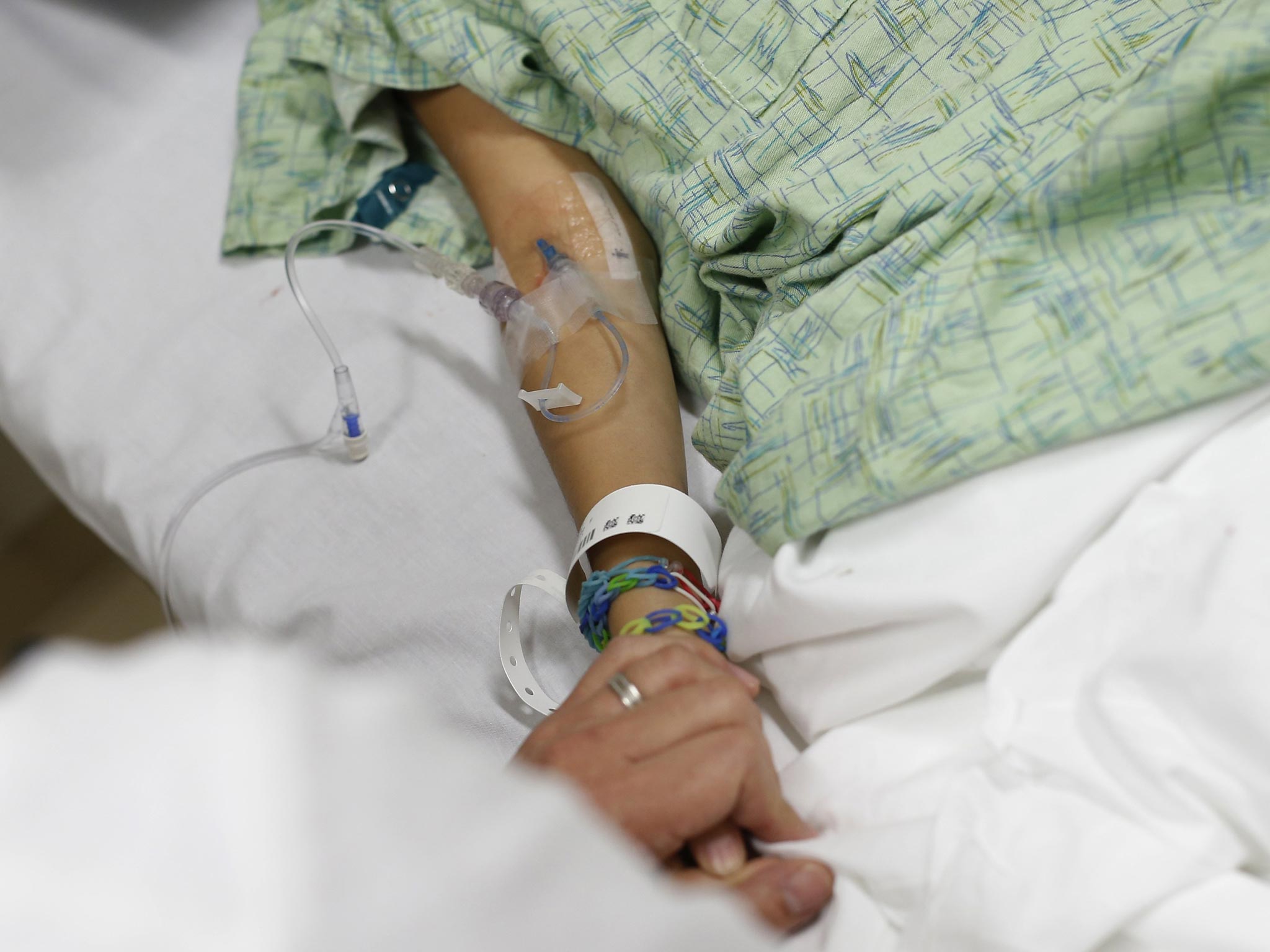Bad week for A&E: Worst performance since April 2013
Over 23,000 patients had to wait for over four hours; 33 people waited more than 12 hours to be seen

Your support helps us to tell the story
From reproductive rights to climate change to Big Tech, The Independent is on the ground when the story is developing. Whether it's investigating the financials of Elon Musk's pro-Trump PAC or producing our latest documentary, 'The A Word', which shines a light on the American women fighting for reproductive rights, we know how important it is to parse out the facts from the messaging.
At such a critical moment in US history, we need reporters on the ground. Your donation allows us to keep sending journalists to speak to both sides of the story.
The Independent is trusted by Americans across the entire political spectrum. And unlike many other quality news outlets, we choose not to lock Americans out of our reporting and analysis with paywalls. We believe quality journalism should be available to everyone, paid for by those who can afford it.
Your support makes all the difference.England’s accident and emergency departments have had one of their worst weeks in a year, with two thirds of hospitals missing Government waiting times targets.
Across the country’s 144 major A&Es last week, nearly one in 10 patients had to wait for more than four hours to be seen, treated and either admitted to hospital or discharged. It is the worst week’s performance since April last year, when health chiefs first warned of a “crisis” at A&E.
More than 23,000 patients waited more than four hours, 5,300 patients had to wait between four and 12 hours, and 33 had to wait for more than 12 hours, official data from NHS England showed.
Labour said the figures showed A&E departments were “struggling with a winter crisis”, but the Government maintained that an ageing population would inevitably lead to more pressure at A&E.
Fears over the NHS’ ability to cope with the seasonal rise in demand for A&E services, when cold weather increases rates of respiratory illness among elderly people, leading to more hospital admissions and bed occupancy, led the Government to invest £400 million to sure-up struggling units.
However, with the winter relatively mild up until now, A&Es had appeared to have been coping well. Health officials said there was no evidence that the recent floods, or the wet and windy weather in recent weeks, was increasing rates of illness or injury.
Andrew Gwynne, Labour’s shadow health minister, said that thousands of extra patients were facing long waits and blamed the Government’s “deep cuts on social care” for driving more people to A&E.
But health minister Dr Dan Poulter accused the Opposition of a “desperate campaign to talk up an A&E crisis”.
“More people need healthcare as the population ages, yet even with this big increase in demand, hospitals are seeing more patients within 4 hours than ever before,” he said.
Join our commenting forum
Join thought-provoking conversations, follow other Independent readers and see their replies
Comments